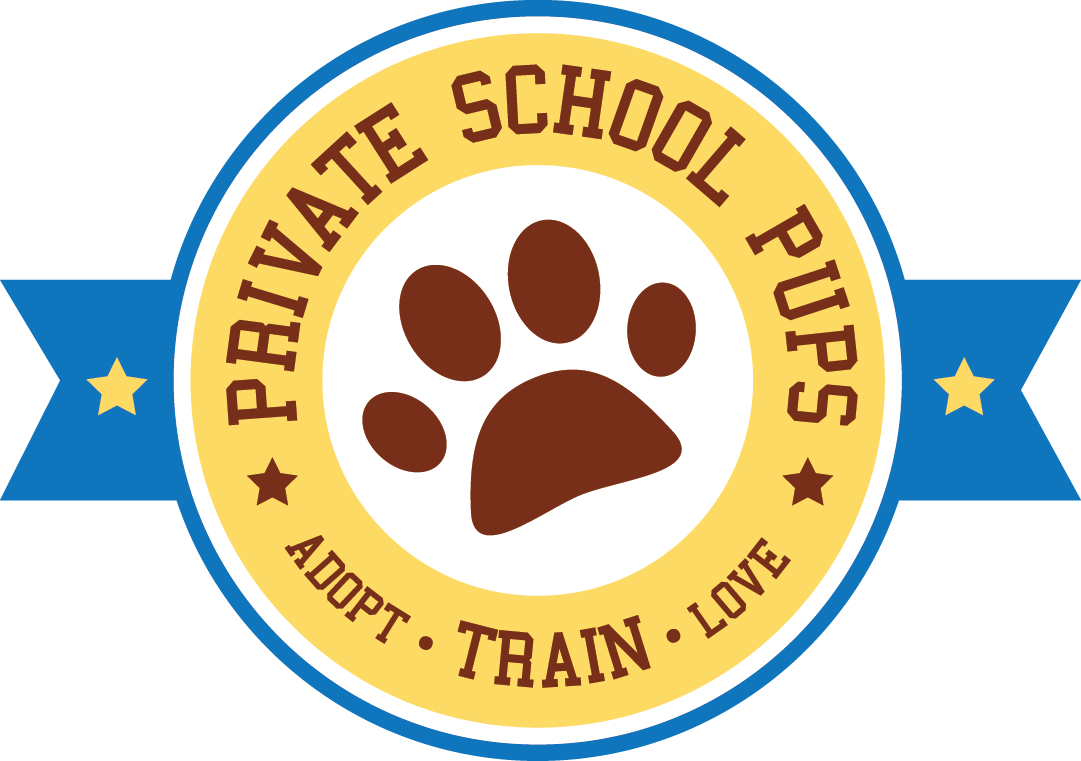If you dread having to walk the dog or play rock, paper, scissors to see who has to do it, your dog probably isn’t a joy on leash. Many dogs have developed bad leash habits. We have let them. I don’t think people really grasp how odd the concept of walking on a leash is to their dog.
We ask our dogs to walk at our speed, (about half their relaxed pace) at our side (way closer than any two dogs would choose to walk together) and then get upset when they pull against the leash.
We also normally bungle the “loose leash” idea. We use things like retractable leashes so the dog feels constant tension on the line and we ignore a little bit of pulling at the beginning until our dog is basically dragging us around the neighborhood. Sometimes we even give them a harness so they can drag us around even better.
To teach your dog that you don’t want them to pull on the leash, we have to show them that pulling will not get them what they want. Pulling will not make me walk to the spot they want to sniff, make me go faster, or accomplish any of their other goals.
Dogs need to be shown that only when the leash is loose will they get to have a good time. On a loose leash, we walk on. When the leash is tight, there are unpleasant consequences.
There are many different ways of teaching this lesson. When the leash gets tight you could stop moving, turn and walk the other direction, or give a tug back on the leash. You can use many different tools to help get your message across, from collars to halters, to harnesses. But the basic principle we are all teaching is the same. Don’t let your dog have a good time on a tight leash.
Check out this great video that walks you through the basics of how to start properly training your dog to walk nicely on a leash.
Need more professional assistance in helping your dog walk calmly on a leash? Contact Rowan with Rowan’s Dog Training - https://www.rowansdogtraining.com/
Written by Rowan Grebeck

